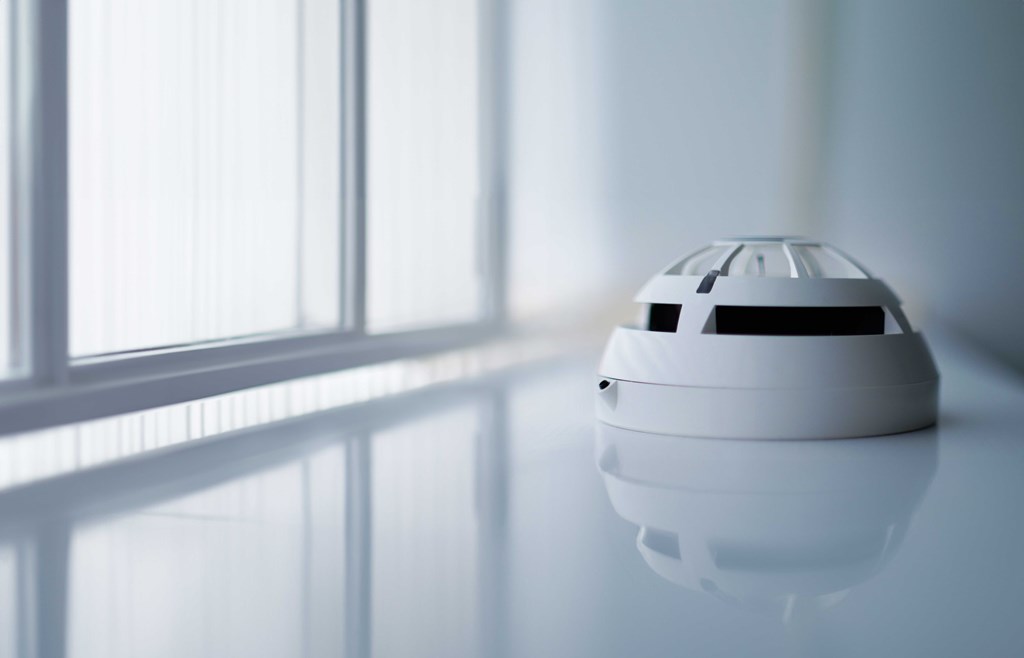
What are the leading causes of false alarms?
We dive into the factors that lead to false alarms, their environmental factors and the best ways to mitigate them.
False Alarm Rejection
False alarms in fire systems can cause a wide range of problems, from unnecessary disruption and panic to the allocation of emergency resources where they are not needed. A high rate of false alarms can also lead to complacency, potentially resulting in a delayed response to a genuine emergency. For these reasons, false alarm rejection is a critical component of an effective fire system.
Factors Contributing to False Alarms
Several factors can contribute to false alarms in fire systems. These include environmental factors, system configuration and maintenance issues, and human error. Understanding these factors can help in developing strategies to minimise false alarms.
Improper configuration of fire systems can also contribute to false alarms. For example, installing detectors in areas with high airflow or near cooking appliances may lead to false alarms.
Environmental Factors
Environmental factors such as dust, humidity, and temperature fluctuations can cause false alarms in fire systems. For example, smoke detectors may be triggered by dust particles, while heat detectors may be affected by sudden changes in temperature. In some cases, environmental factors can also interfere with the proper functioning of the detectors, increasing the likelihood of false alarms.
System Configuration and Maintenance Issues
Improper configuration of fire systems can also contribute to false alarms. For example, installing detectors in areas with high airflow or near cooking appliances may lead to false alarms. Additionally, inadequate maintenance of fire systems, such as failing to test, maintain and replace detectors, can result in reduced performance and an increased likelihood of false alarms.
Human Error
Human error is another factor that can contribute to false alarms. This can include accidental activation of manual call points or misuse of fire detection equipment. In some cases, lack of proper training or awareness about fire safety protocols can also lead to false alarms.
Now available - Soteria Tri-Sensor Detector
The Soteria Tri-Sensor Detector is now available, with its standout modes, which employ a double knock effect within the detector. This means that before triggering an alarm signal to the panel, at least two sensors within the Tri-Sensor must register the presence of smoke or fire, significantly reducing the occurrence of false alarms. This feature is particularly crucial in environments like student accommodations and open-plan apartments, where false alarms, often triggered by cooking activities, can lead to unnecessary disruptions and safety.
To find out more about the Soteria Tri-Sensor Detector visit the product page.